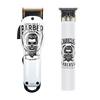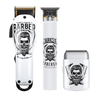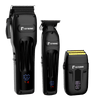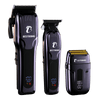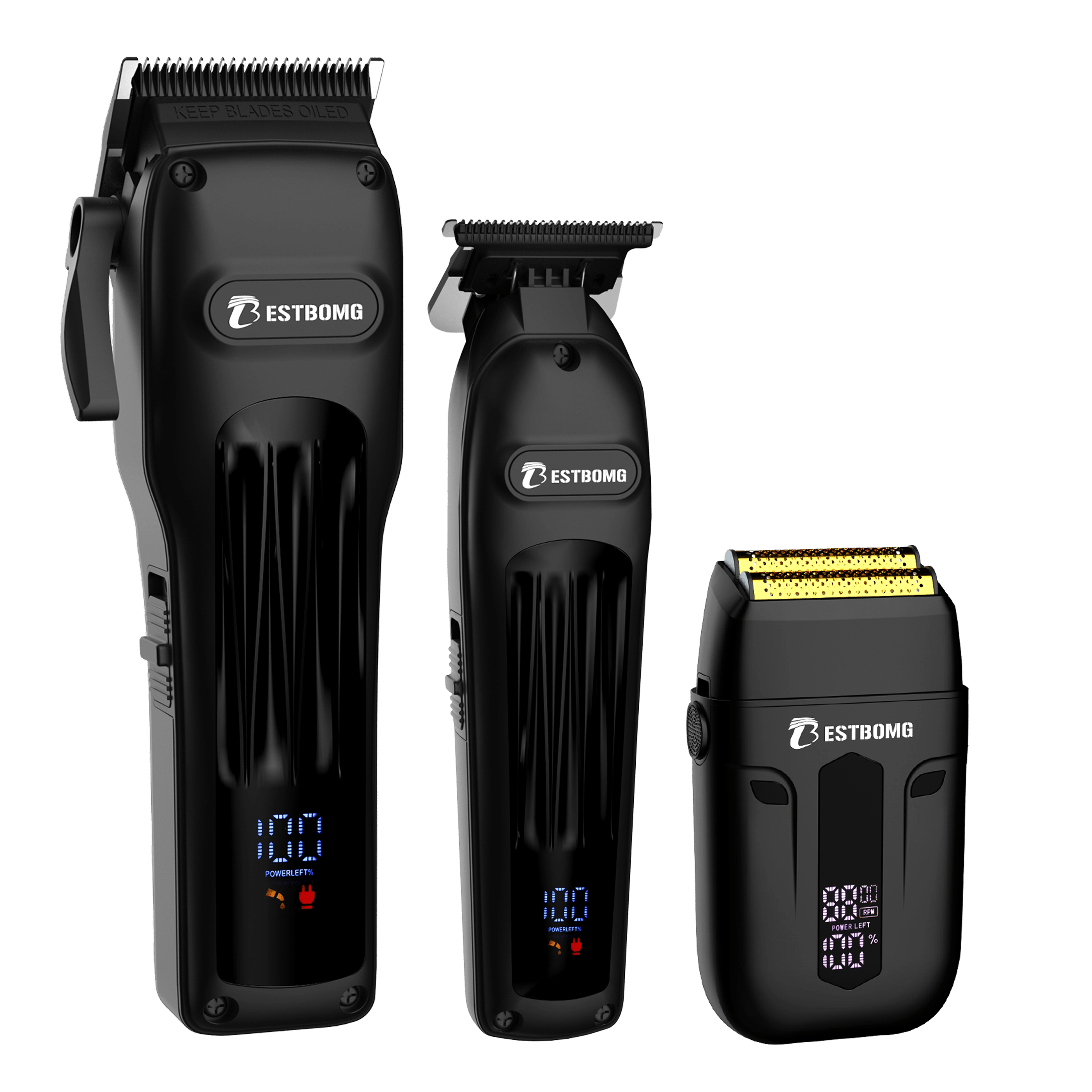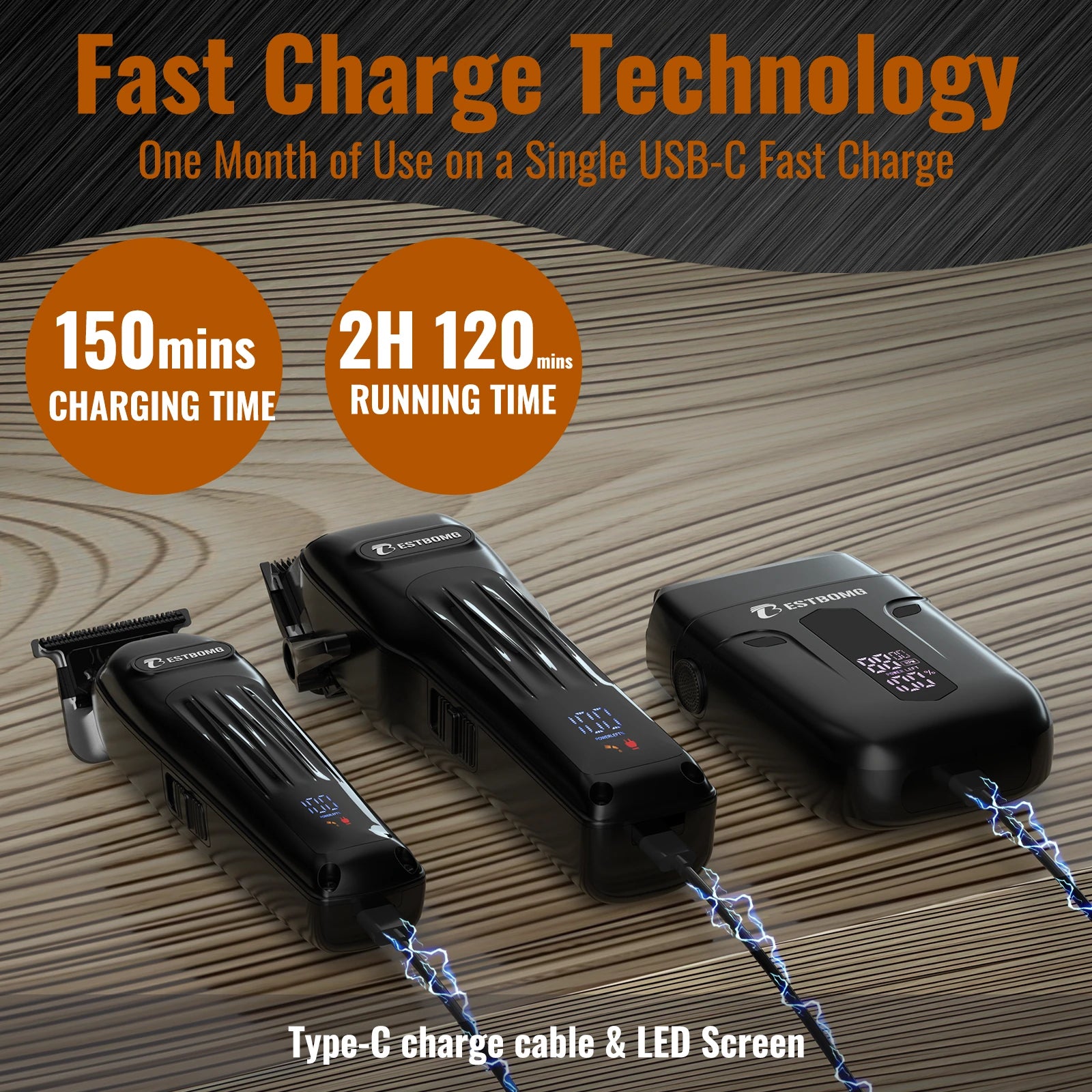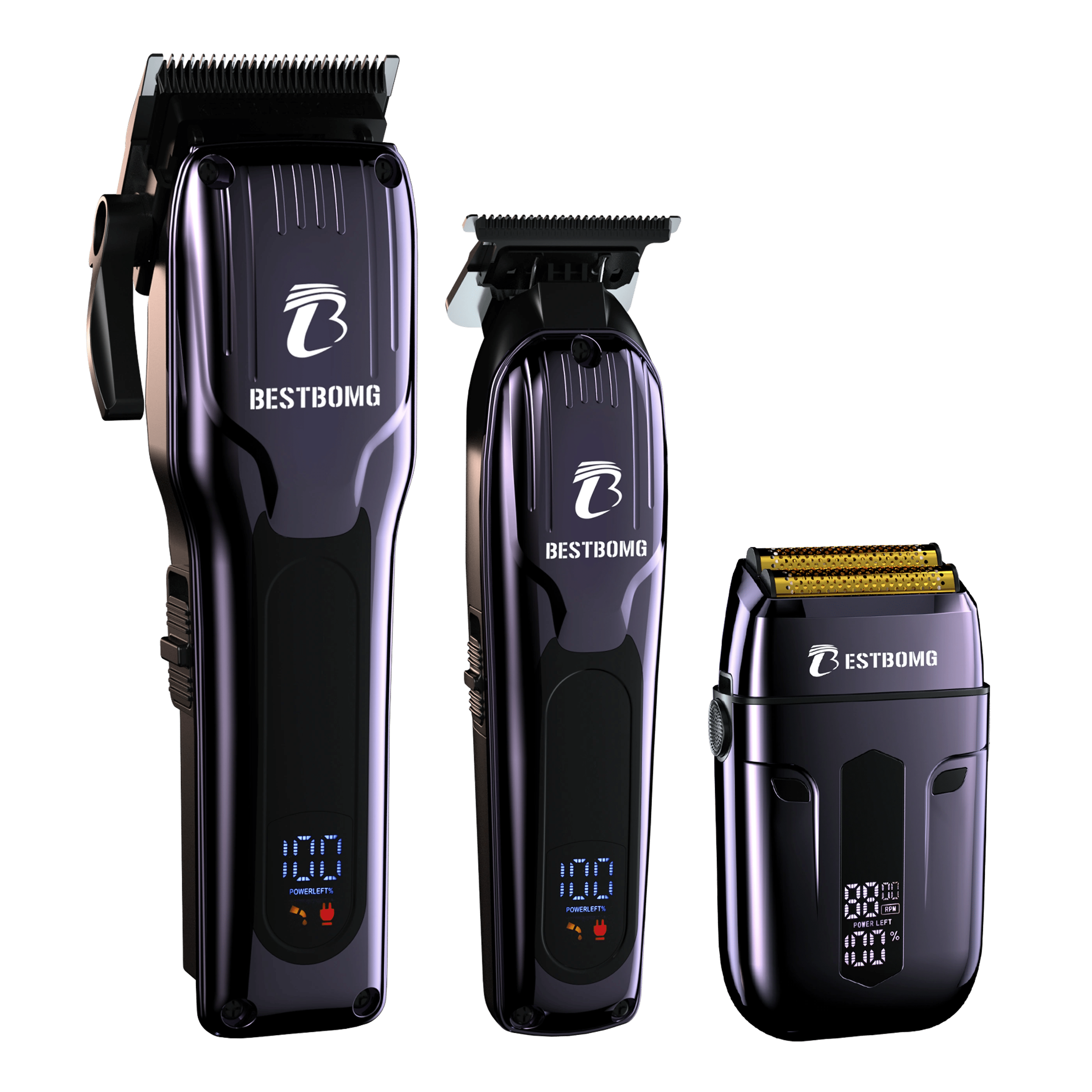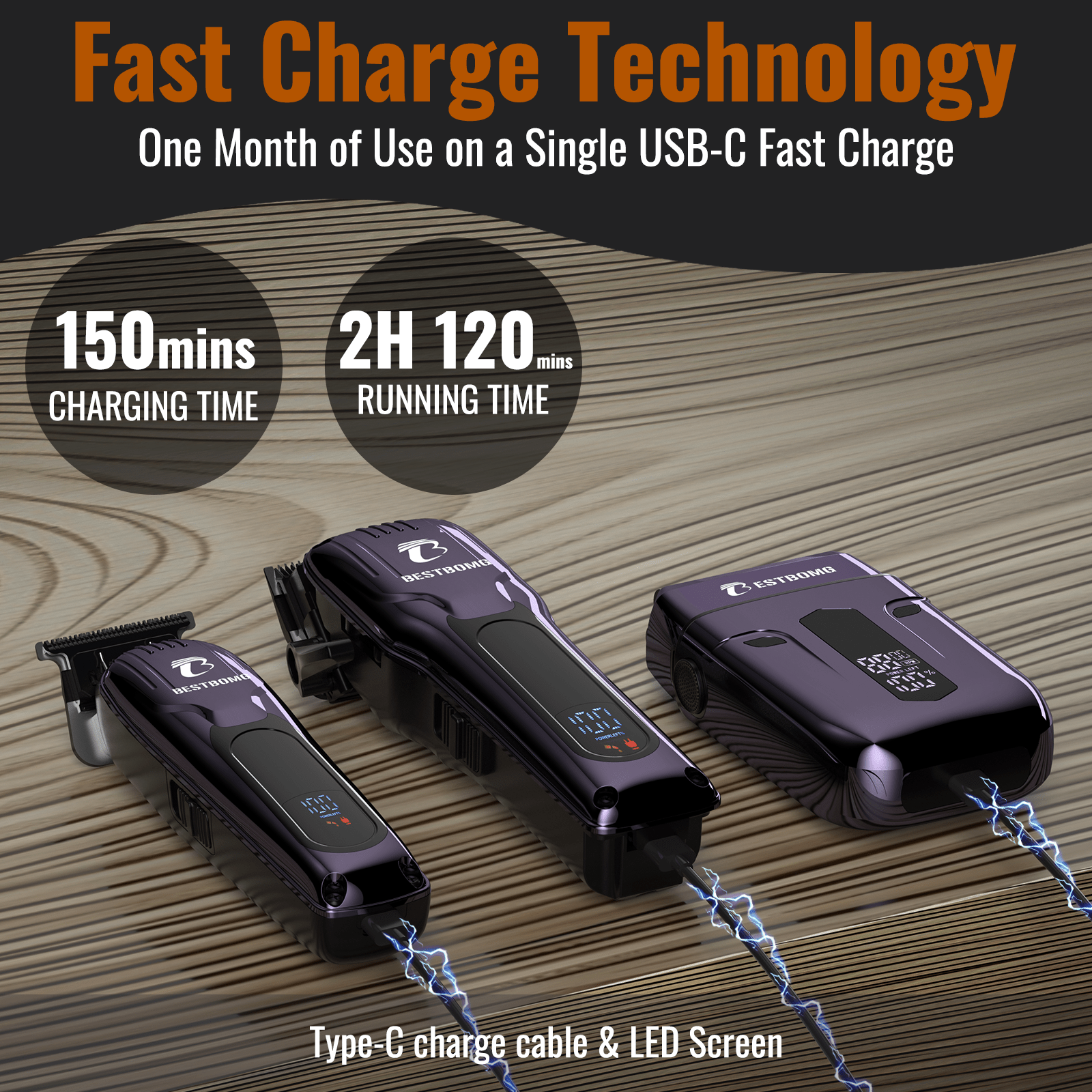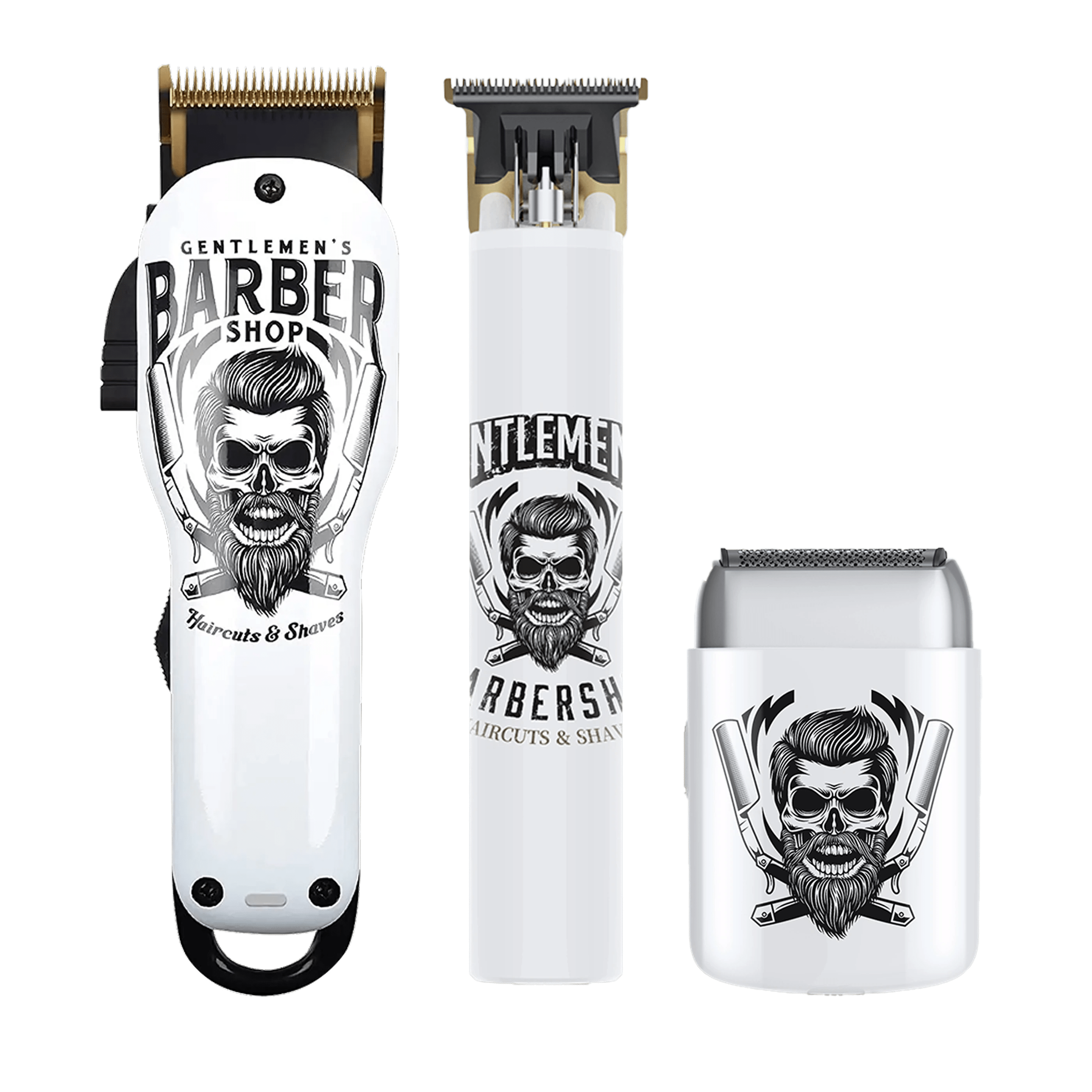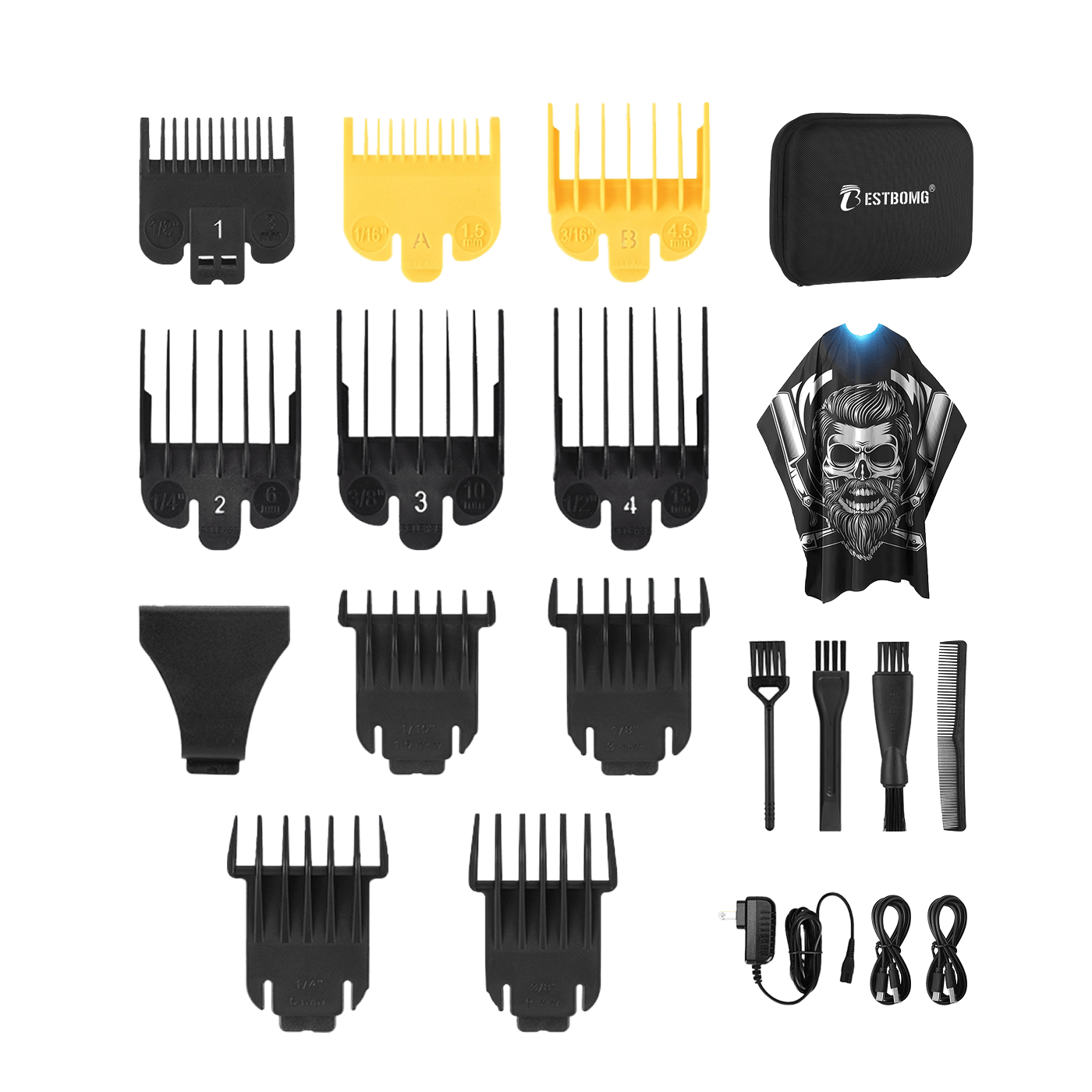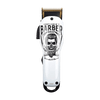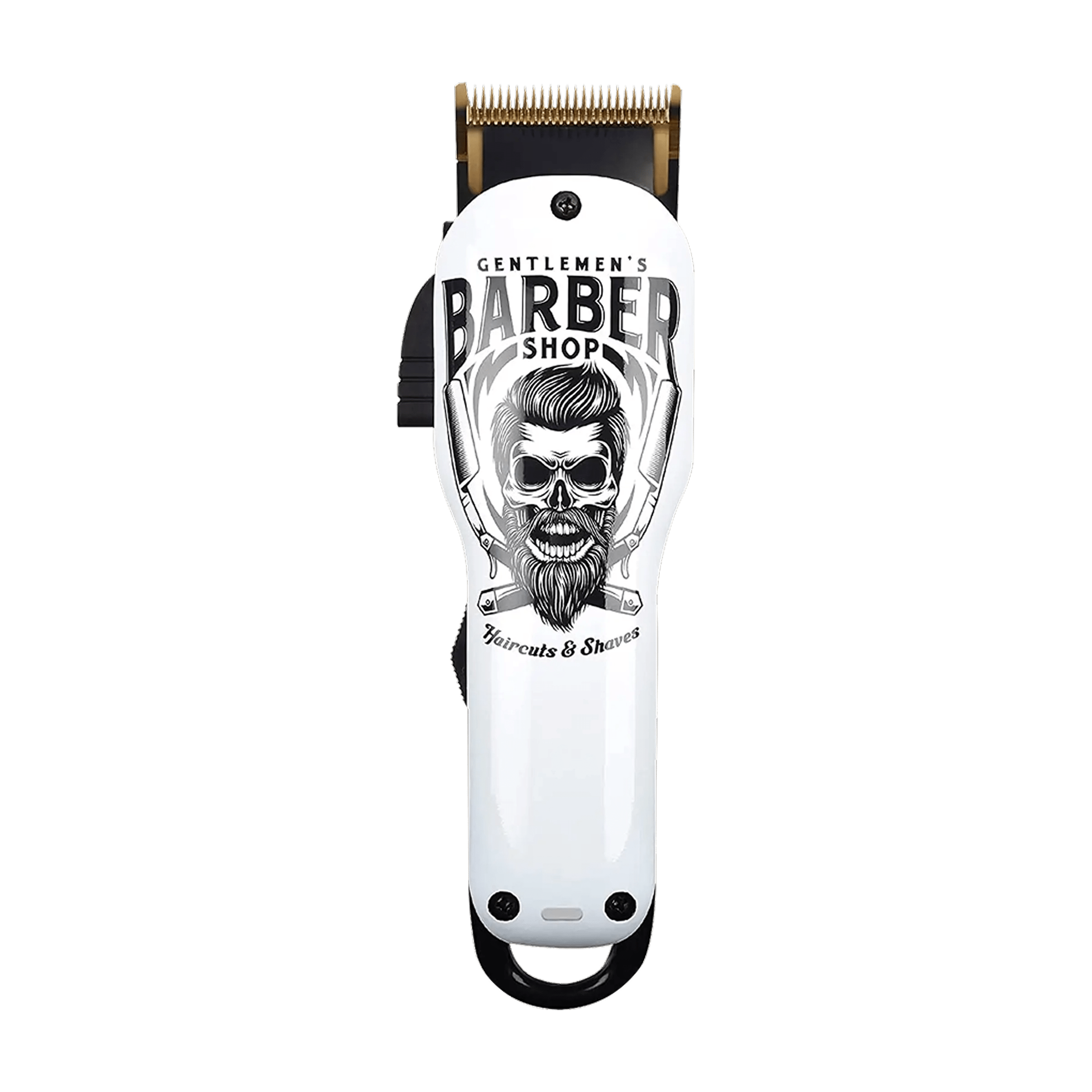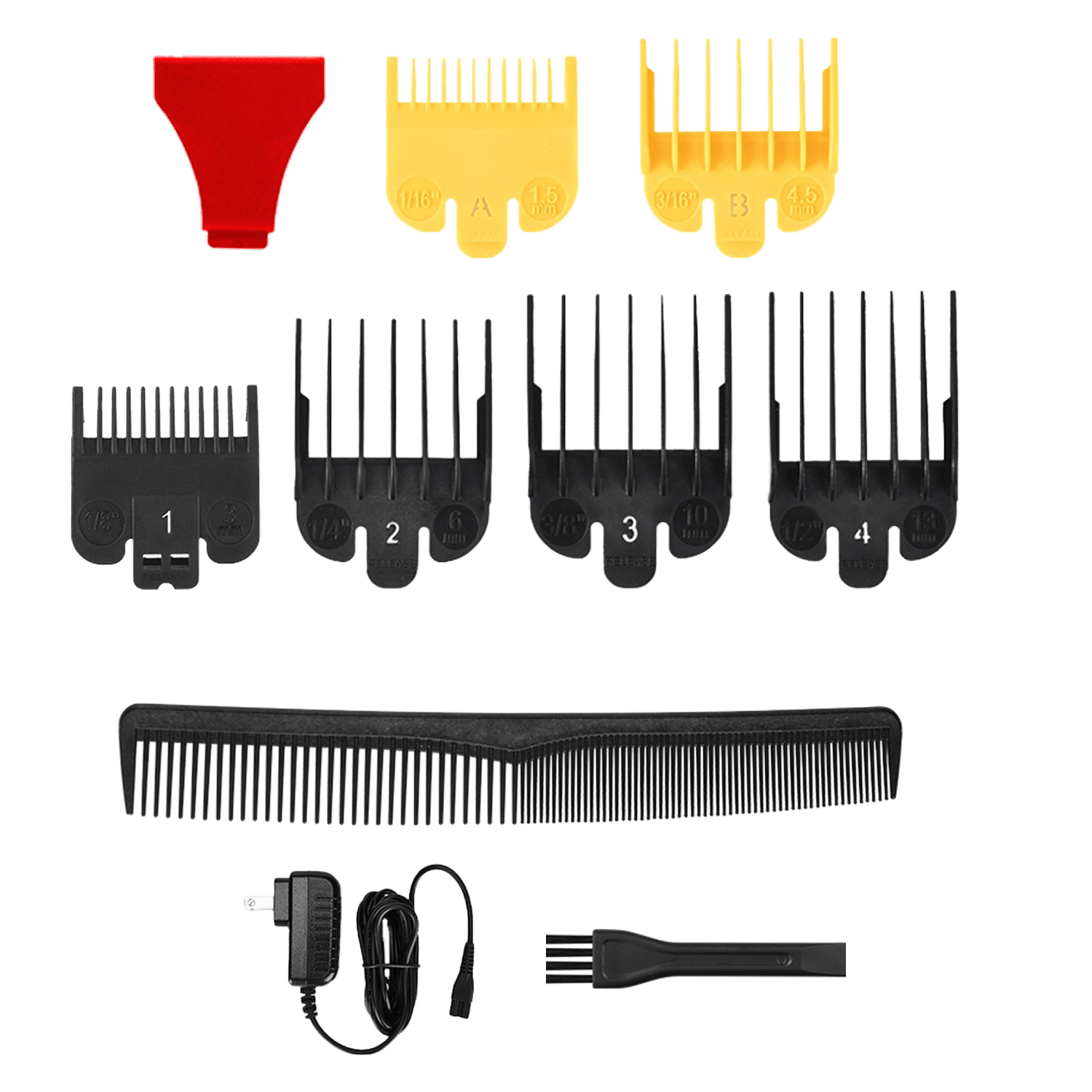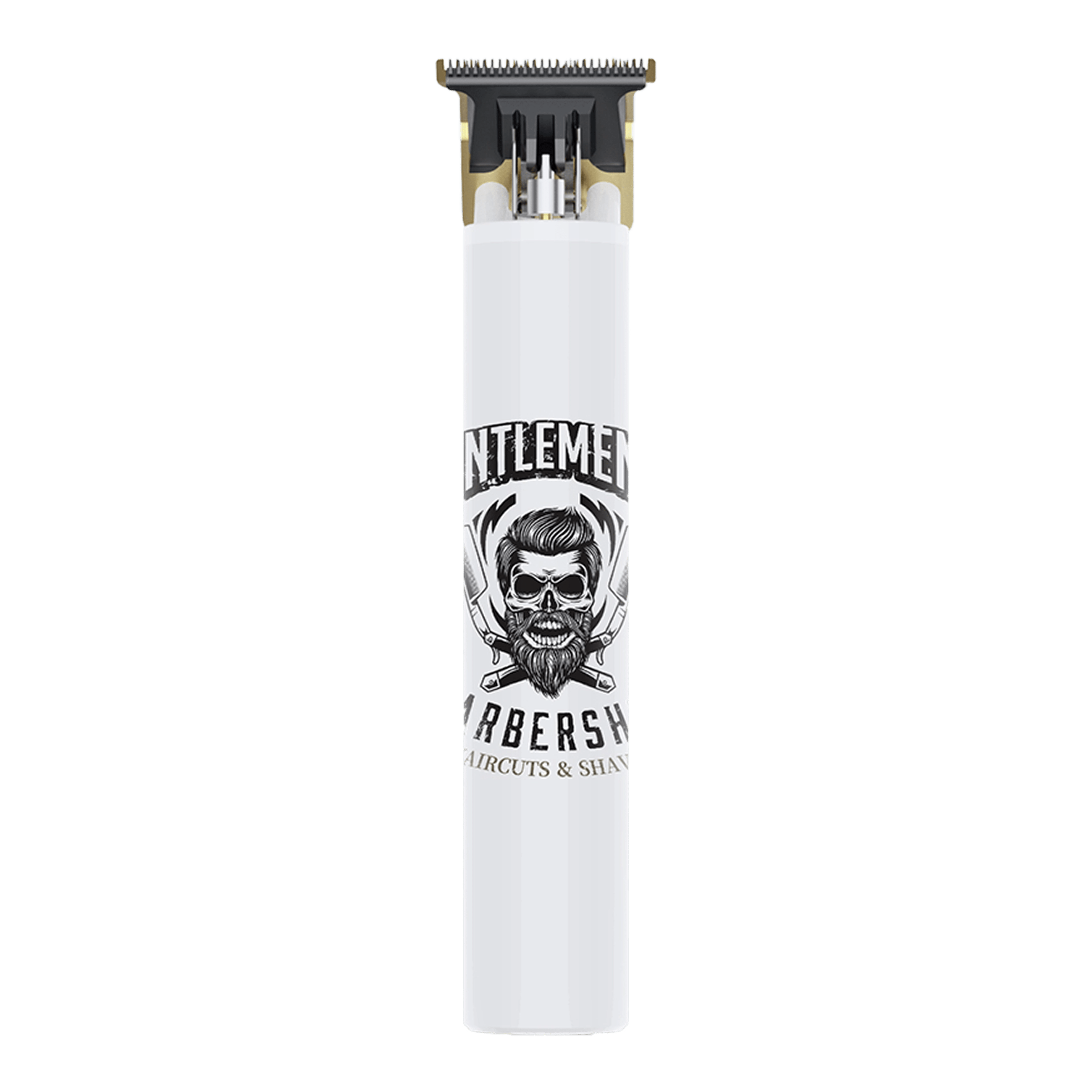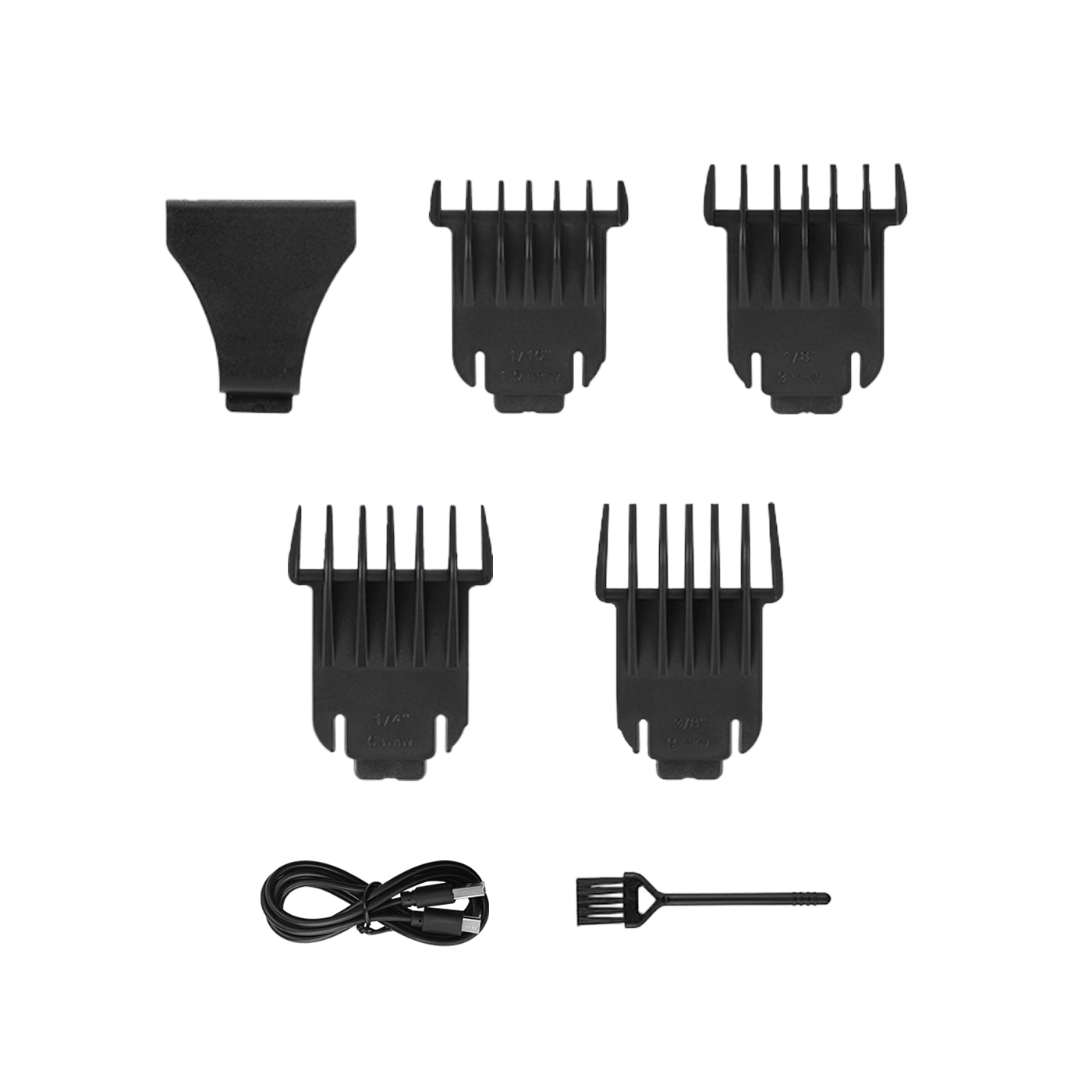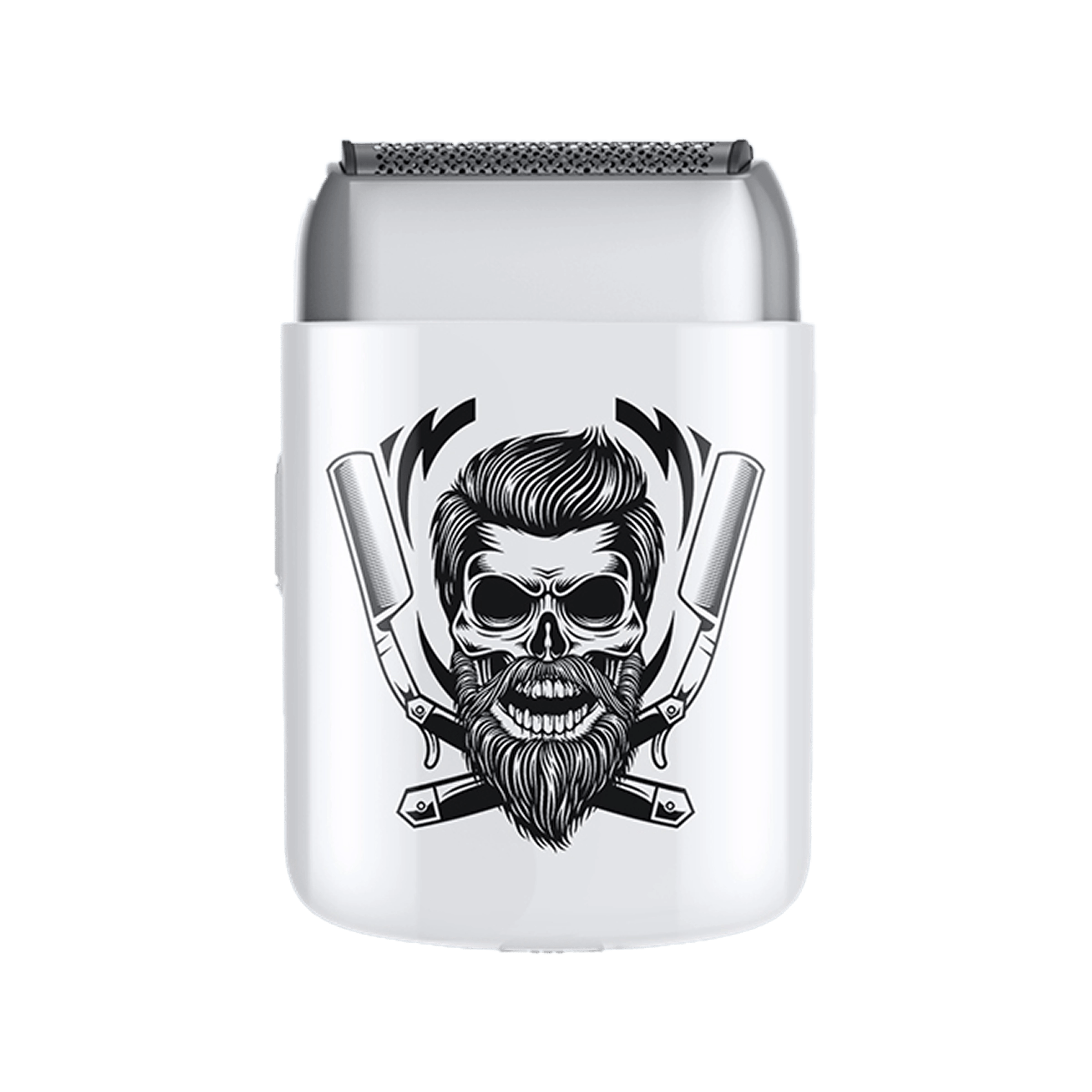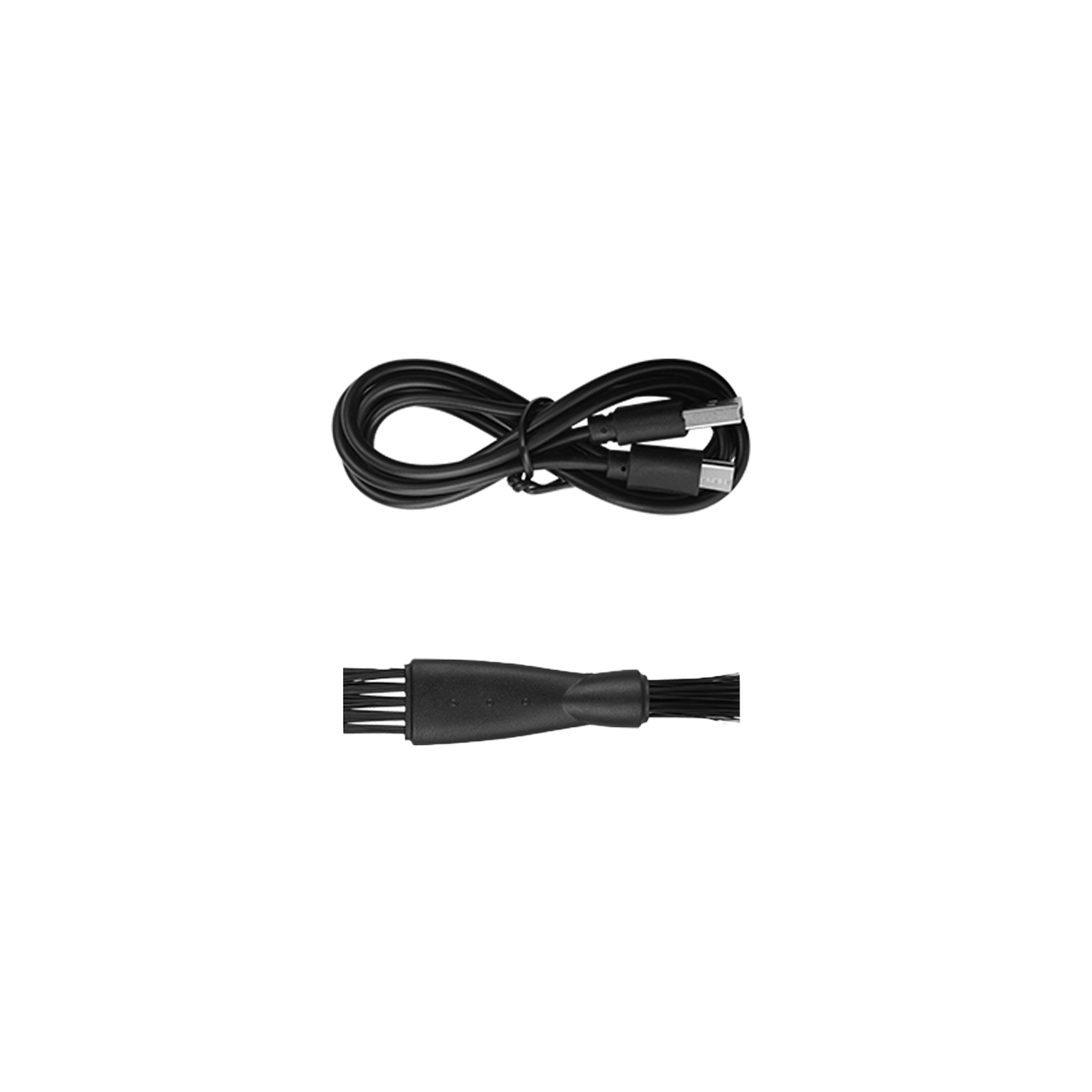Hair clippers were invented twice. Manual clippers came first in 1855. Electric clippers followed in 1921. Serbian barber Nikola Bizumić created manual clippers to cut hair faster.
American inventor Leo J. Wahl added electric power, making haircuts even easier. This simple tool changed grooming forever.
Before Clippers Existed
For thousands of years, people used basic tools to cut hair.
Ancient tools included:
- Sharp stones
- Animal bones
- Bronze scissors (3,000 BC)
- Iron razors
Around 5,000 years ago, civilizations like Egypt and Greece developed combs from bone, wood, and ivory. Bronze scissors emerged, making haircuts more precise.
Hairstyles reflected social status and cultural identity. But cutting hair remained slow, requiring skill and patience with simple hand tools.
According to grooming tool history, scissors dominated barbering for centuries before mechanical clippers arrived.

1855: Manual Clippers
Inventor: Nikola Bizumić, Serbian barber
Year: Around 1855
Location: Initially Serbia, later London
Bizumić invented manual hair clippers to solve a problem: scissors were too slow for busy barbershops. His design featured spring-loaded blades operated by squeezing handles.
How they worked:
- Two handles connected to blades
- Squeeze handles together
- Blades move and cut hair
- Spring returns handles
Why it mattered: Manual clippers cut hair 3-4 times faster than scissors. They created uniform length, especially for close cuts. Barbers could serve more customers daily.
Bizumić struggled finding investors in Serbia. He traveled to London in the 1850s where he secured financial backing for mass production.
By 1865, manual clippers spread across Europe. Barbershops adopted them widely, transforming the profession.
1921: Electric Clippers
Inventor: Leo J. Wahl
Year: Patented 1921
Location: United States
Leo Wahl changed grooming forever with electric-powered clippers. As a high school student, he experimented with electromagnetic motors.
After inheriting his uncle's business, Wahl applied motor technology to haircutting. His breakthrough: putting an electromagnetic motor inside the clipper handle.
How electric clippers worked:
- Electromagnetic motor powers blades
- Blades move automatically
- Consistent speed
- Less tiring for barbers
Impact: Made haircuts even faster. Barbers could work all day without tired hands. Haircuts became more uniform.
Wahl's company still makes clippers today.
Modern electric clippers use this same basic design.
Changes Over Time

1930s - Battery Power: First battery-operated clippers appeared. Less powerful than corded models but offered portability for the first time.
1960s - Cordless Revolution: Rechargeable batteries improved. Cordless clippers became practical for professional use. Barbers gained mobility without power cords.
1970s-80s - Consumer Models: Affordable home clippers emerged. Families could cut hair at home. Self-grooming became popular, especially for children's haircuts.
1990s-2000s - Advanced Features:
- Self-sharpening blades
- Adjustable motor speeds
- Ergonomic designs
- Quieter operation
- Longer battery life
2010s-Present - Smart Technology:
- Digital displays
- Precision length settings
- USB charging
- Waterproof designs
- Professional power in compact sizes
Each decade brought improvements making clippers faster, quieter, and easier to use.
According to modern grooming standards, today's clippers rival professional barbershop quality.
Professional vs Home Clippers
Professional Grade:
- Powerful motors (6,000+ RPM)
- Metal housing (durability)
- Corded for consistent power
- Designed for all-day use
- Higher cost ($100-300)
- Longer warranties
Consumer Grade:
- Moderate motors (4,000-5,000 RPM)
- Plastic housing (lighter)
- Usually cordless
- Designed for occasional use
- Affordable ($30-80)
- Shorter warranties
Both types descend from the same basic design Bizumić and Wahl pioneered. The difference lies in power, durability, and intended use.
A complete home clipper kit provides professional-quality results for personal grooming.
How Clippers Changed Culture
Military cuts: World Wars made short buzz cuts popular. Clippers cut thousands of soldiers' hair quickly.
Fade haircuts: 1980s-90s barbers created fades using clippers. Became huge in hip-hop culture.
Home grooming: Cheap clippers let anyone cut hair at home. No barber needed for simple cuts.
Barbershops: Faster cuts meant more talking time. Shops became community meeting places.
Tools from Bestbomg continue making grooming accessible to everyone.
Timeline Summary
|
Year |
Innovation |
Inventor |
Impact |
|
1855 |
Manual clippers |
Nikola Bizumić |
3x faster than scissors |
|
1921 |
Electric clippers |
Leo J. Wahl |
Eliminated hand fatigue |
|
1930s |
Battery-powered |
Various |
Added portability |
|
1960s |
Rechargeable cordless |
Various |
Professional mobility |
|
1990s |
Self-sharpening blades |
Various |
Less maintenance |
|
2000s |
Adjustable speeds |
Various |
Multi-texture capability |
|
2010s+ |
Digital/smart features |
Various |
Precision control |
Modern Clipper Features
Today's clippers include technology Bizumić and Wahl never imagined:
Blade Technology:
- Titanium or ceramic coatings
- Self-sharpening mechanisms
- Zero-gap adjustability
- Detachable for cleaning
Power Options:
- Lithium-ion batteries (90+ minutes)
- Fast charging (1 hour full charge)
- Corded/cordless hybrid
- USB-C charging
User Features:
- LED battery displays
- Multiple guard sizes
- Quiet motors
- Waterproof housings
- Ergonomic grips
These advancements make home grooming as effective as professional barbering.
Learn proper clipper maintenance to extend tool life and performance.
Frequently Asked Questions
Who invented hair clippers?
Manual clippers were invented by Nikola Bizumić in 1855. Leo J. Wahl created the first electric clippers in 1921.
How did people cut hair before clippers?
People used sharp stones, bones, bronze scissors, and razors. Haircuts were slow and needed a lot of skill.
How do manual clippers work?
They have two handles and spring-loaded blades. When you squeeze the handles, the blades cut the hair.
What made electric clippers better?
Electric clippers use a motor to move the blades. They cut faster, more evenly, and don’t tire out the hands.
How have clippers improved over time?
Clippers have added features like cordless use, self-sharpening blades, digital displays, and USB charging.
Read more
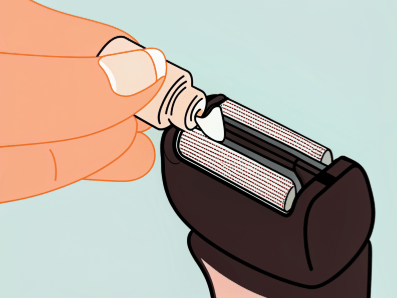
How Close Does a Foil Shaver Get? Shaving Guide
Foil shavers cut hair at skin level, leaving smooth results. The thin metal foil captures hair while blades underneath cut close to the surface. Not as close as razors but very close for an electri...

Foil vs Rotary Shaver: Simple Comparison Guide
Foil and rotary shavers work differently. Foil shavers use straight oscillating blades under thin metal screens for precise, close shaves. Rotary shavers have circular spinning heads that flex and ...
